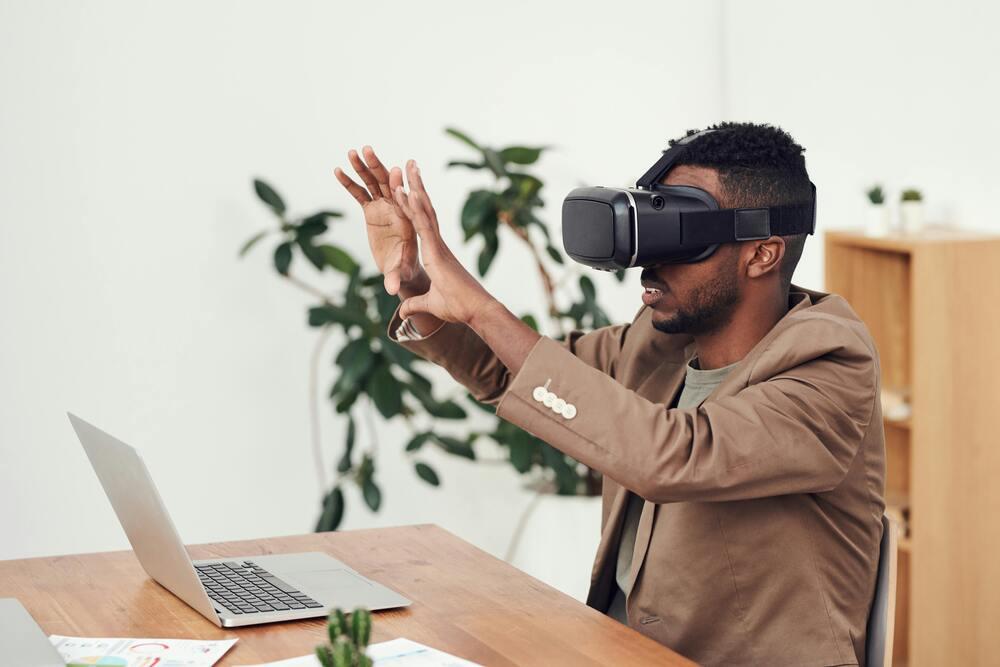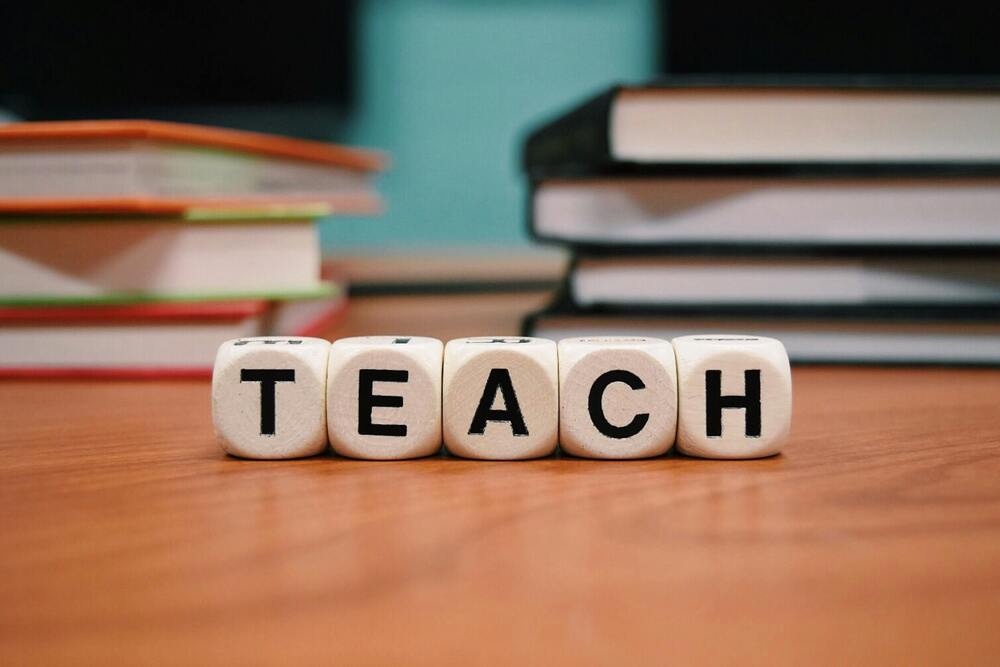As technology continues to evolve, the educational landscape is undergoing a significant transformation. Virtual Reality (VR) is at the forefront of this change, promising immersive learning experiences that could redefine how students engage with their studies. But is VR in the classroom a revolutionary tool for education, or just a fleeting trend? Let’s dive into the statistics, benefits, and challenges of integrating VR into educational settings. ?✨

The Rise of Virtual Reality in Education
According to a recent report by Statista, the global VR market in education is projected to reach $13 billion by 2026, growing at a compound annual growth rate (CAGR) of 42.9% from 2021. This rapid growth indicates a strong interest in VR technologies among educators and institutions.
| Year | Global VR Market in Education (in Billion $) | CAGR (%) |
|---|---|---|
| 2021 | 1.8 | - |
| 2022 | 3.2 | 77.8 |
| 2023 | 5.5 | 72.0 |
| 2024 | 8.0 | 45.5 |
| 2025 | 10.5 | 31.3 |
| 2026 | 13.0 | 23.8 |
The increasing adoption of VR in classrooms is not just a trend; it reflects a growing recognition of its potential to enhance learning outcomes. A study by PwC found that VR training can lead to four times faster learning and more than double the engagement compared to traditional methods. ?
Benefits of VR in Education
-
Enhanced Engagement: VR creates immersive environments that capture students' attention. Imagine learning about ancient civilizations by virtually walking through a Roman forum or exploring the human body in 3D! ?️?
-
Improved Retention: Research shows that students retain 70% of what they learn through experiential learning, compared to just 10% through reading. VR provides a hands-on experience that can significantly boost memory retention.
-
Accessibility: VR can make education more accessible for students with disabilities. For instance, students who have difficulty with mobility can explore environments and scenarios that would otherwise be challenging to access.
-
Safe Learning Environments: VR allows students to practice skills in a safe, controlled environment. For example, medical students can perform virtual surgeries without the risks associated with real-life procedures. ?
Challenges of Implementing VR in Classrooms
Despite its potential, there are challenges to consider:
-
Cost: The initial investment for VR equipment and software can be substantial. Schools may struggle to allocate budgets for this technology, especially in underfunded districts. ?
-
Training: Teachers need proper training to effectively integrate VR into their curricula. Without adequate support, the technology may not be utilized to its full potential.
-
Content Availability: While the number of VR educational resources is growing, there is still a lack of comprehensive content across all subjects. Educators may find it challenging to find suitable materials for their specific needs.
Current Usage Statistics
A survey conducted by EdTech Magazine revealed that 30% of K-12 schools in the U.S. have already implemented VR in their classrooms, with an additional 40% planning to adopt it within the next few years.
| Implementation Status | Percentage of Schools |
|---|---|
| Already Implemented | 30% |
| Planning to Implement | 40% |
| Not Interested | 30% |
Future Prospects
The future of VR in education looks promising. As technology advances, we can expect more affordable and user-friendly VR solutions. Companies like Google and Oculus are continuously developing new tools that make VR more accessible to schools.
Moreover, the integration of VR with other technologies, such as Artificial Intelligence (AI) and Augmented Reality (AR), could further enhance the learning experience. For instance, platforms like ClassVR are already combining these technologies to create interactive lessons that adapt to individual student needs.
Conclusion
In conclusion, while there are challenges to overcome, the potential benefits of Virtual Reality in the classroom are too significant to ignore. As we move forward, it is essential for educators, policymakers, and technology developers to collaborate in creating effective, engaging, and accessible VR learning experiences. The question remains: will VR become a staple in education, or will it fade away as just another trend? Only time will tell, but the signs point towards a future where VR plays a crucial role in shaping how we learn. ??
As we embrace this new frontier, let’s keep the conversation going about how we can harness the power of VR to create a more engaging and effective educational experience for all students.



